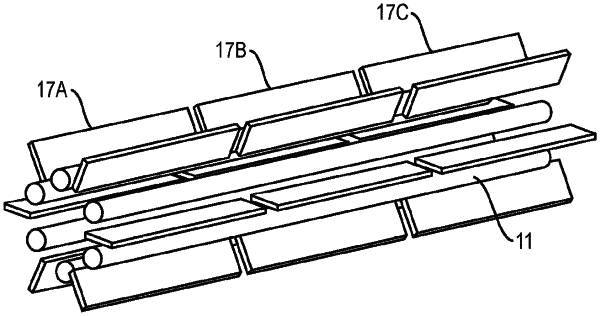| CPC H01J 49/063 (2013.01) [F16K 1/2007 (2013.01); H01J 49/005 (2013.01); H01J 49/0077 (2013.01); H01J 49/022 (2013.01); H01J 49/065 (2013.01); H01J 49/067 (2013.01); H01J 49/068 (2013.01); H01J 49/105 (2013.01); H01J 49/421 (2013.01); H01J 49/4215 (2013.01)] | 22 Claims |

|
1. An ion optical arrangement for use in a mass spectrometer comprising:
a collision cell defining an ion optical axis along which ions may pass;
electrodes comprising a set of parallel poles arranged in the collision cell;
a voltage source for providing voltages to the electrodes to produce electric fields;
an einzel lens for producing the static electric focusing field;
wherein the ion optical arrangement is arranged for switching between a first operation mode in which the collision cell is pressurized and a second operation mode in which the collision cell is substantially evacuated, and
wherein the ion optical arrangement is further arranged for producing a radio frequency electric focusing field in the first operation mode and a static electric focusing field in the second operation mode
wherein at least two of the poles are each partitioned in at least three electrically isolated sections consecutively arranged along a longitudinal axis of the pole, and
wherein the voltage source is arranged for supplying different direct current voltages to adjacent sections of a pole in the second operation mode.
|